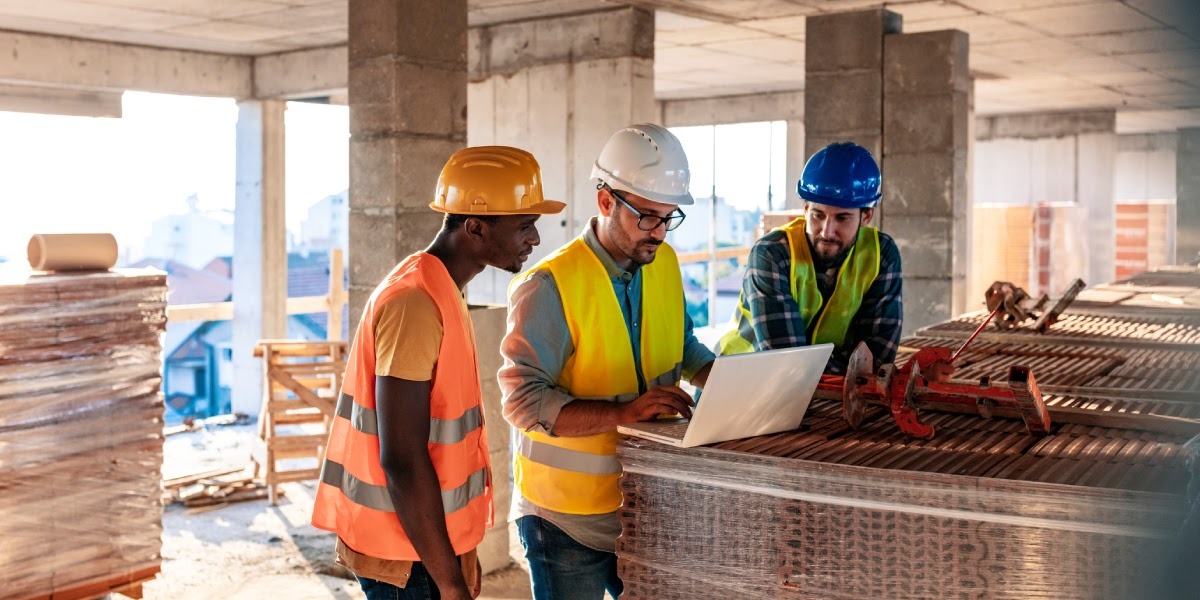Commercial construction plays a pivotal role in shaping the economic and physical landscape of modern society. Unlike residential construction, which focuses on building homes, commercial construction involves the creation of structures meant for business purposes. These include office buildings, shopping centers, warehouses, hospitals, hotels, and schools. The complexity and scale of commercial projects often require specialized expertise, advanced technology, and significant financial investment.
The commercial construction sector is vast, encompassing a wide range of building types and services. This sector is crucial because it supports business operations, enhances community infrastructure, and drives economic development. As businesses grow, so does the need for functional and efficient commercial spaces that meet specific operational needs and regulatory requirements. Whether it’s a small retail store or a large industrial complex, commercial construction provides the physical space that enables commerce to thrive.
Commercial construction projects typically follow a series of well-defined phases. Each stage is essential to ensure the successful completion of the project:
1. Planning and Design:
Before any physical work begins, thorough planning and design are conducted. This phase involves site selection, feasibility studies, architectural design, budgeting, and securing permits. Collaboration between architects, engineers, and project managers is crucial to develop a blueprint that meets the client’s vision while complying with local building codes.
2. Pre-Construction:
In this stage, detailed project schedules are created, subcontractors are hired, and materials are procured. Risk assessments and safety plans are also developed to ensure smooth execution once construction starts.
3. Construction:
The actual building process begins with site preparation, including excavation and foundation work. Structural framing, roofing, electrical, plumbing, HVAC installation, and interior finishing follow. Continuous quality checks and inspections ensure that construction adheres to standards and regulations.
4. Post-Construction:
Once construction is complete, final inspections are conducted, and necessary certifications are obtained. The building is handed over to the client, often accompanied by a warranty period for addressing any post-construction issues.
Technology has significantly transformed commercial construction in recent years. Innovations such as Building Information Modeling (BIM), 3D printing, and modular construction have improved efficiency, accuracy, and cost-effectiveness. BIM allows for digital representations of buildings, enabling better collaboration and visualization throughout the project. Modular construction, where building components are manufactured off-site and assembled on-site, reduces construction time and minimizes waste.
Moreover, the use of drones for site surveys, AI-driven project management tools, and sustainable construction materials is becoming increasingly common. These advancements not only streamline construction processes but also contribute to environmentally responsible building practices.
Despite its many advantages, commercial construction faces several challenges. Fluctuating material costs, labor shortages, regulatory changes, and unforeseen site conditions can impact project timelines and budgets. Effective project management, clear communication, and proactive risk mitigation strategies are essential to overcoming these obstacles.
Additionally, the growing emphasis on sustainability and green building standards requires companies to adopt eco-friendly practices. Meeting these standards can initially be costly but often results in long-term savings and environmental benefits.
The future of commercial construction looks promising, driven by technological innovation and the growing demand for sustainable and adaptable spaces. As businesses evolve, there will be an increased need for flexible workspaces, smart buildings equipped with advanced technology, and structures designed to accommodate changing business models.
Furthermore, the global push towards environmental responsibility will continue to shape construction practices. Developers and contractors will increasingly incorporate renewable energy systems, energy-efficient designs, and environmentally friendly materials into their projects.
Commercial construction is a dynamic and vital sector that underpins economic growth and community development. By blending traditional craftsmanship with modern technology and sustainable practices, the industry continues to meet the diverse and evolving needs of businesses worldwide. As new challenges and opportunities arise, commercial construction will remain at the forefront of building the spaces where commerce, innovation, and community thrive.

